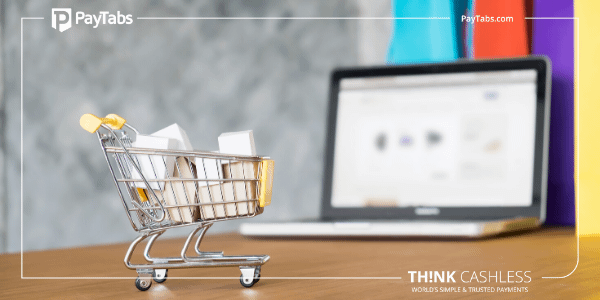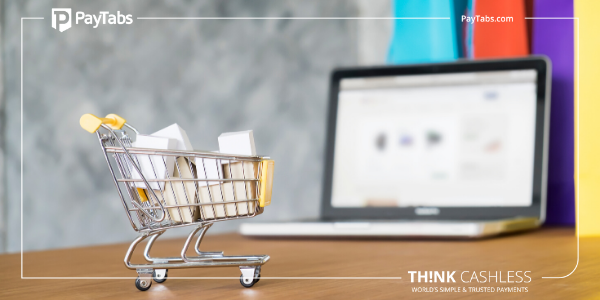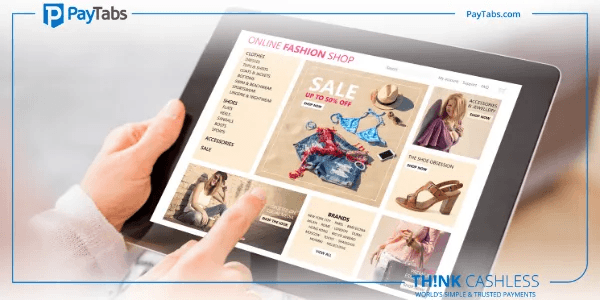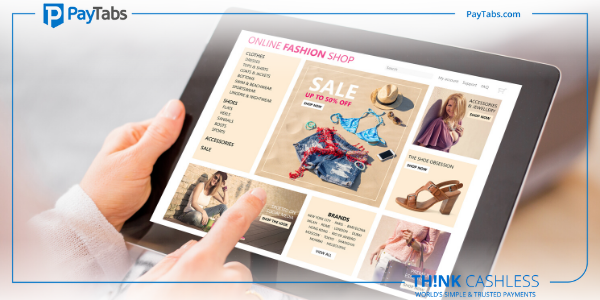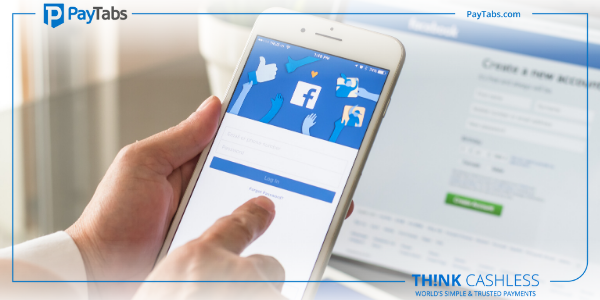How to Successfully Switch to an Automated Billing System
An automated billing system is an extremely important part of a business’s ecosystem. This is an elaborate system which consists of several parts and complicated procedures. In order to run a business in a smooth manner, it is essential to have a robust yet flexible billing system. Paying attention to your billing system ensures that your business stays liquid and does not face unnecessary cash flow issues. Here are some of the tips which can help you streamline your billing system and make it a smooth process so as to ensure optimal liquidity for your business.
- Set goals and standards: Before you roll out a new system, it is important that you define your expected outcomes first. The key is to set up your terms and conditions in an appropriate manner. You should clearly spell out your billing duration, which is whether you charge on an hourly basis, daily basis or on a project basis. Further, it should also be clarified whether you accept lump sum payments or staggered payments. If there is any escalation clause for the extension of the project, then it should also be mentioned right in the beginning. You should also ensure that the billing system is designed in such a manner so that it is adaptable to changes in the variables.
- Make it a team effort: Deployment of a new automated billing system should be a team effort, as in, it should involve different departments of your business. Apparently, the billing system may seem to be the responsibility of the sales and accounts department, but it requires input from other departments too, to make the system all encompassing. Incorporating requirements from different departments will ensure that the system does not lack in any regard. Also, the clients will be able to use this system in a more comprehensive manner. You may also take recommendations from your clients so as to increase the utility of your system.
- Focus on key deliverables: While a system is required to work in the best possible manner on all fronts, it is important to identify some key variables. For some businesses, the speed of the system may be of paramount importance, while for others, the robustness of the system may be a key factor. Before you start to change your billing system, you should identify critical areas for your business and then work around them to ensure that your new system is able to meet your requirements. Focus on key deliverables to make your billing system more cost-efficient as well, so that you do not end up spending a fortune on the features which are not vital for your business.
- Pay attention to backup and storage: While setting up an automated billing system, it is important that you pay proper attention to offering backups. Automated systems, irrespective of their robustness, are prone to occasional infrastructural failures. In such cases, it is important to have a backup system so that the business is carried out smoothly, without any hiccup. Breakdowns may occur due to intrinsic or extrinsic reasons. However, in both the cases, the existence of backup ensures that the impact of such breakdown is minimized. Further, it should also be ensured that all the records are stored properly so that there is no loss of vital information.
- Test run and modify: Even the most elaborately planned automated billing systems may run into issues when deployed. Before you introduce your new system on a mass scale, it is important that you take it for a test run. A dry run is important to figure out if there are any loopholes or flaws in the system. Such shortcomings should be properly addressed before the system is formally deployed. You may also undertake beta testing of the system and invite some of the end users to try it. Their feedback may be used for incorporating changes and for fixing the flaws. You should undertake proper documentation at this stage so that all the loopholes are properly fixed.
An automated billing system can go a long way in making a business more efficient and productive. By following these simple guidelines, you can ensure that you have a robust billing system in place and the transition is handled in the smoothest possible manner.

